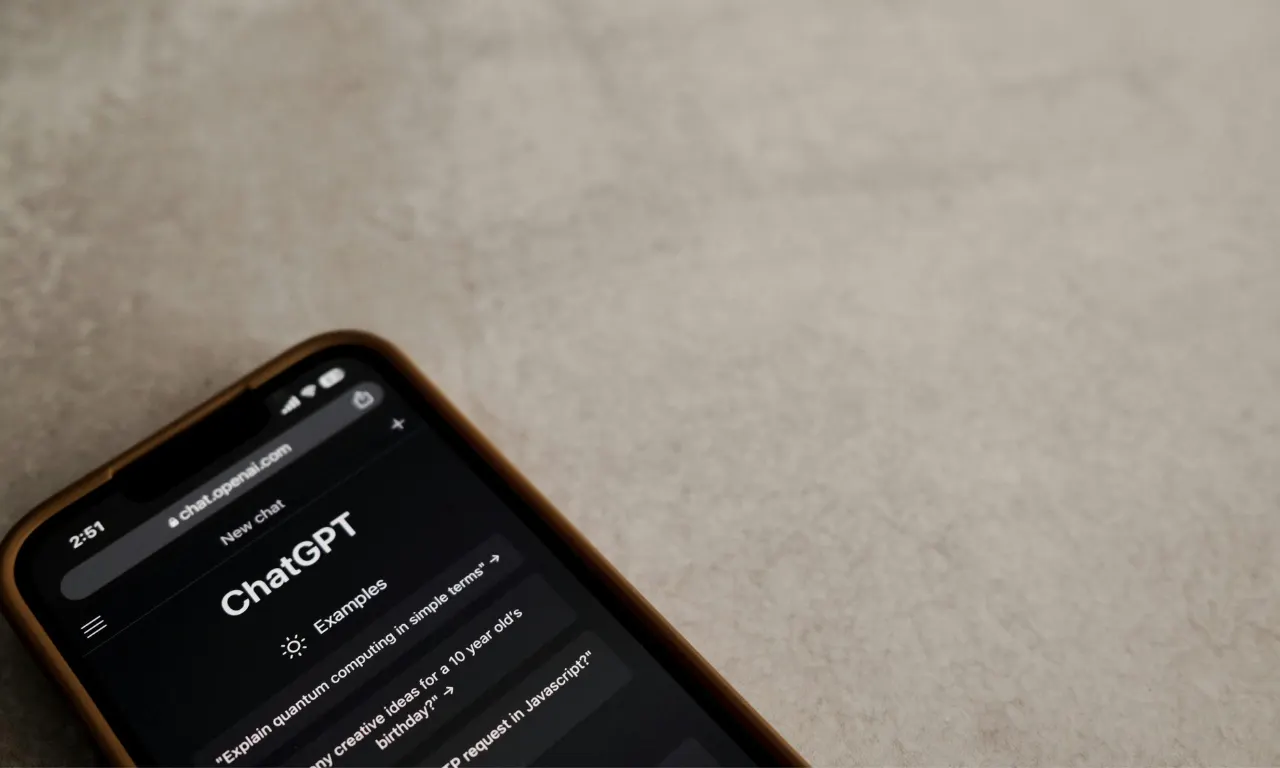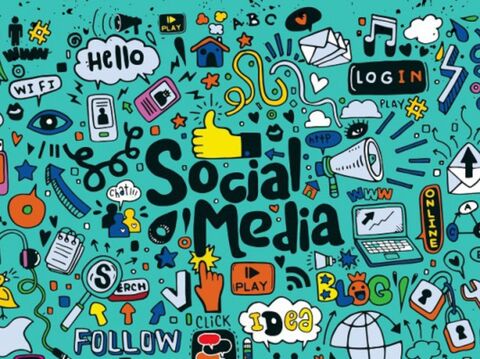10× more AI. Half the price. What’s the catch with ChatGPT Go?

Most people who try ChatGPT quickly run into two frustrations. Either the free plan feels too limited cutting you off mid-way when you’re in the flow or the Plus and Pro plans feel too expensive, especially for students, freelancers, or professionals in price-sensitive markets. That gap leaves millions stuck in between, forced to choose between “just enough” and “too much.”
OpenAI’s latest move, ChatGPT Go, solves that exact problem. Launched first in India, it promises GPT-5 power, longer memory, multimodal tools, and 10× more usage all at less than the cost of a weekend coffee outing. With availability limited to one market right now, it also creates urgency: this is OpenAI’s testing ground, and early adopters will define where it goes next.
What is ChatGPT Go?
ChatGPT Go is not a brand-new app or a lite version of ChatGPT. You won’t find it sitting separately on the App Store or in some new interface. Instead, it’s a new subscription tier inside the same ChatGPT app on web, desktop, and mobile. What changes is what you can unlock. With Go, the same familiar interface suddenly allows longer conversations, more messages, and access to the most advanced model GPT-5 without the steep price tag of Plus.
Why It Matters?
AI adoption has always been a balancing act. Free plans are restrictive with their limits on messages and memory, while premium tiers often feel too costly unless you need heavy-duty tools. ChatGPT Go fills that middle ground. It allows everyday users to depend on AI in a way that is both practical and affordable.
India, the first market where Go has launched, is home to more than 125 million active digital payment users, making it the perfect place to test whether a low-cost plan can drive mass adoption. If successful here, it could easily expand globally.
Features and Pricing of ChatGPT Go
Go brings several meaningful upgrades compared to the free tier:
-
Access to GPT-5 for sharper reasoning and stronger responses.
-
Ten times more usage: more prompts, more images, more file uploads.
-
Twice the memory, so conversations carry more context.
-
Multimodal tools, including image generation and file handling.
-
Python-powered data analysis for deeper insights.
-
Projects, Tasks, and Custom GPTs for organising workflows.
At ₹399 a month (about $4.60), this is the first time such capabilities have been made this accessible.
What You Don’t Get?
ChatGPT Go doesn’t include everything. Some of the more experimental and enterprise-grade tools remain exclusive to higher tiers:
-
Deep Research and Agent Mode.
-
Sora for video generation.
-
Connectors and enterprise integrations.
This makes Go ideal for students, freelancers, and professionals who need AI for daily work but don’t require research-heavy or enterprise-level tools.
Who Stands to Benefit?
The plan is designed for accessibility. It works especially well for:
-
Students – summarising PDFs, generating project outlines, and preparing for exams.
-
Freelancers – drafting proposals, writing blogs, creating design prompts.
-
Professionals – building reports, creating presentations, drafting business emails.
-
Creators and developers – experimenting with GPT-5 and building niche custom GPT assistants for workflows.
By lowering the entry point, OpenAI has made advanced AI something that more people can depend on every day.
Getting Started
There’s no separate app to download. Users can upgrade directly within the ChatGPT app (iOS, Android, web, desktop). In India, payments are supported not just through credit cards but also UPI options like PhonePe, Paytm, and Google Pay, a critical step for local adoption.
Privacy and Safety
Go follows the same privacy and security framework as other ChatGPT tiers. Conversations may be used to improve model performance, but users have the option to opt out through their settings. For businesses or professionals handling sensitive data, Go is as safe as the Plus or Pro plans it’s built on the same infrastructure.
ChatGPT Free vs Go vs Plus vs Pro: Key Differences
Here’s a quick comparison of ChatGPT Free vs Go vs Plus vs Pro:
| Plan | Price (per month) | Key Features | Best Suited For |
|---|---|---|---|
| Free | $0 / ₹0 | Basic GPT, short memory, limited prompts | Casual users, light queries |
| Go | $4.6 / ₹399 | GPT-5, 10× usage, multimodal tools, Projects/Tasks, custom GPTs | Students, freelancers, professionals |
| Plus | $20 / ₹1,600 | Everything in Go + Deep Research, Agent Mode, Sora, connectors | Power users, researchers, heavy AI users |
| Pro | $200+ | Enterprise tools, advanced integrations, unlimited scale | Corporates, enterprise teams |
How It Compares to Competitors
While OpenAI has launched Go as a budget-friendly AI tier, there are other “lightweight AI” products in the market:
-
Google Gemini Nano – highly optimised for mobile devices but limited to specific ecosystems (Android flagship phones).
-
Microsoft Copilot Lite – integrated into Office apps, great for document workflows, but lacks open-ended creative or multimodal power.
-
Anthropic Claude Team Plan – focuses on long context windows and team collaboration, but comes at a higher price point.
What makes ChatGPT Go unique is the balance of price + GPT-5 access + multimodal tools. None of the competitors currently offer that combination at such a low cost.
What Startups and Businesses Should Note
For founders and business leaders, ChatGPT Go can act as a low-cost sandbox to explore AI before committing to enterprise-scale adoption. It allows:
-
Testing AI-powered workflows like customer service, content generation, and data analysis without heavy upfront cost.
-
Using Custom GPTs to prototype business-specific assistants.
-
Leveraging GPT-5’s reasoning power for rapid prototyping, ideation, and pitch preparation.
However, businesses should also recognise its limits. Go doesn’t support enterprise connectors, advanced compliance, or collaborative team features. For scaling AI within an organisation, higher tiers or custom venture-building approaches—become necessary.
Future of ChatGPT Go
The India-first launch is strategic. OpenAI is watching how adoption plays out in one of the world’s most price-sensitive but digitally advanced markets. If successful, Go could:
-
Expand globally as a mid-tier standard between Free and Plus.
-
Integrate with popular ecosystems like WhatsApp, Slack, or Microsoft Teams.
-
Potentially replace Free in the future, with Go becoming the default low-cost entry tier.
For global users, the message is clear: ChatGPT Go is coming—it’s just a matter of when.
Final Thoughts
ChatGPT Go isn’t about delivering the flashiest tools. It’s about hitting the sweet spot between capability and cost. By launching in India first, OpenAI is acknowledging that the future of AI adoption depends on making it accessible, not just powerful.
For under ₹400 a month, Go makes GPT-5 and multimodal AI available to students, creators, and professionals who have long been stuck between too little and too much. If you’re in India, this is the moment to try it. If you’re elsewhere, the writing is on the wall: ChatGPT Go is likely coming soon, and when it does, it will redefine how millions experience AI.
This shift also mirrors what’s happening on the enterprise side. While OpenAI is expanding access for individuals, GrowthJockey is doing the same- helping them not just adopt AI, but design and build entirely new ventures around it.
ChatGPT Go makes advanced AI practical for everyday users, and GrowthJockey makes AI transformative for enterprises. Together, they signal a future where AI is not only accessible but also deeply embedded in how individuals, startups, and corporations create, grow, and compete.








